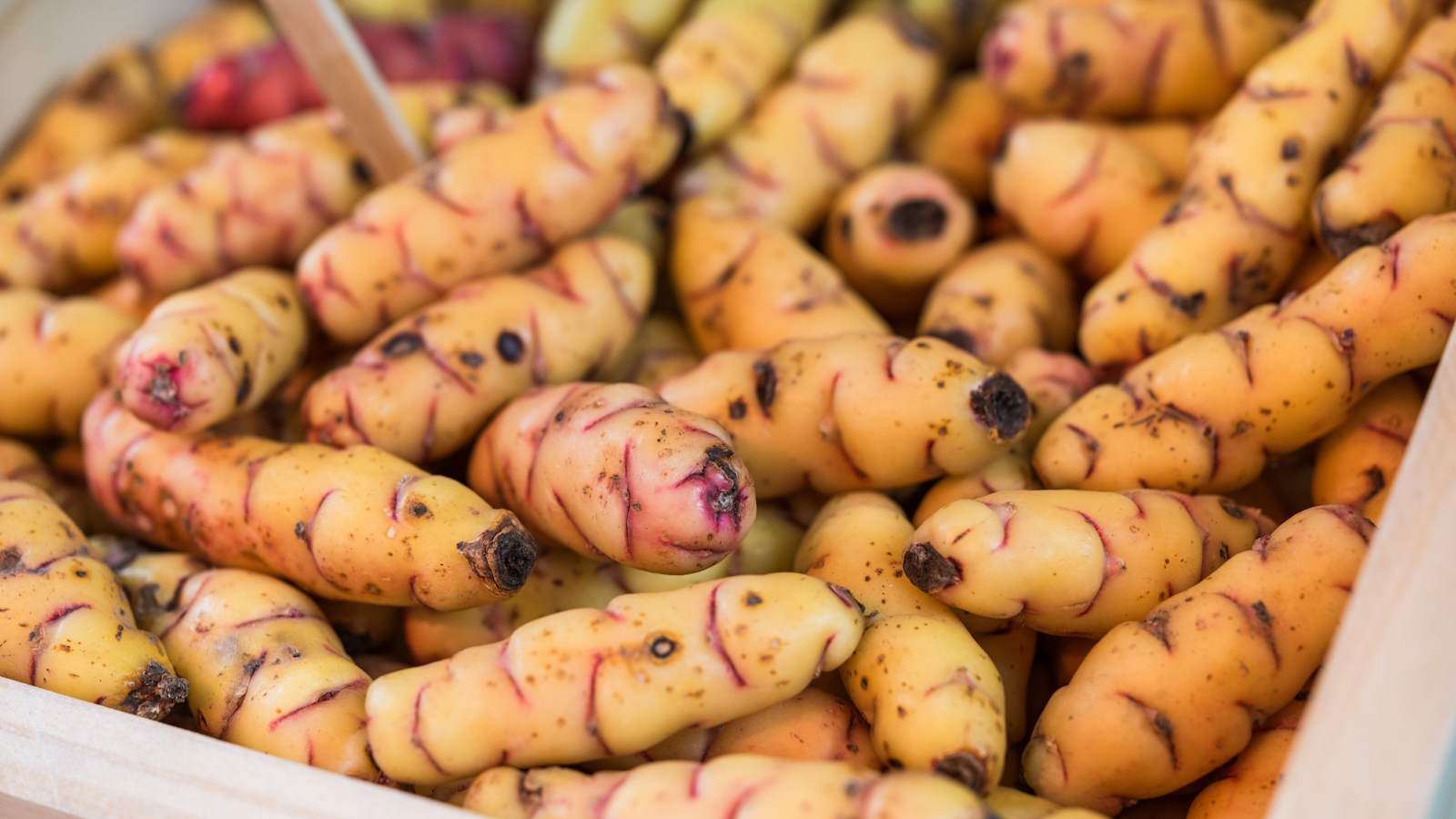
Oca is a hugely important crop in South America, but not a common sight in vegetable gardens around the world. Also known as the New Zealand Yam, due to its popularity in the Oceanic country, it is a crop that can produce tubers in lots of different colors and offers a large harvest late in the growing season.
If you are looking for new and different vegetable garden ideas, then oca might be one to consider. I discovered growing oca in the kitchen garden at Soho Farmhouse in the UK, where we grew many unique and uncommon global vegetables for different restaurants. I was amazed at the bright colors of the tubers and how many were harvested off of each plant.
Oca does have a long growing season, as the vegetable is planted in spring and harvested come late-fall, and needs regular watering and feeding. However, the rewards can outweigh the work. So if you want to try growing something new, we take a close look at all you need to know about how to grow oca at home.
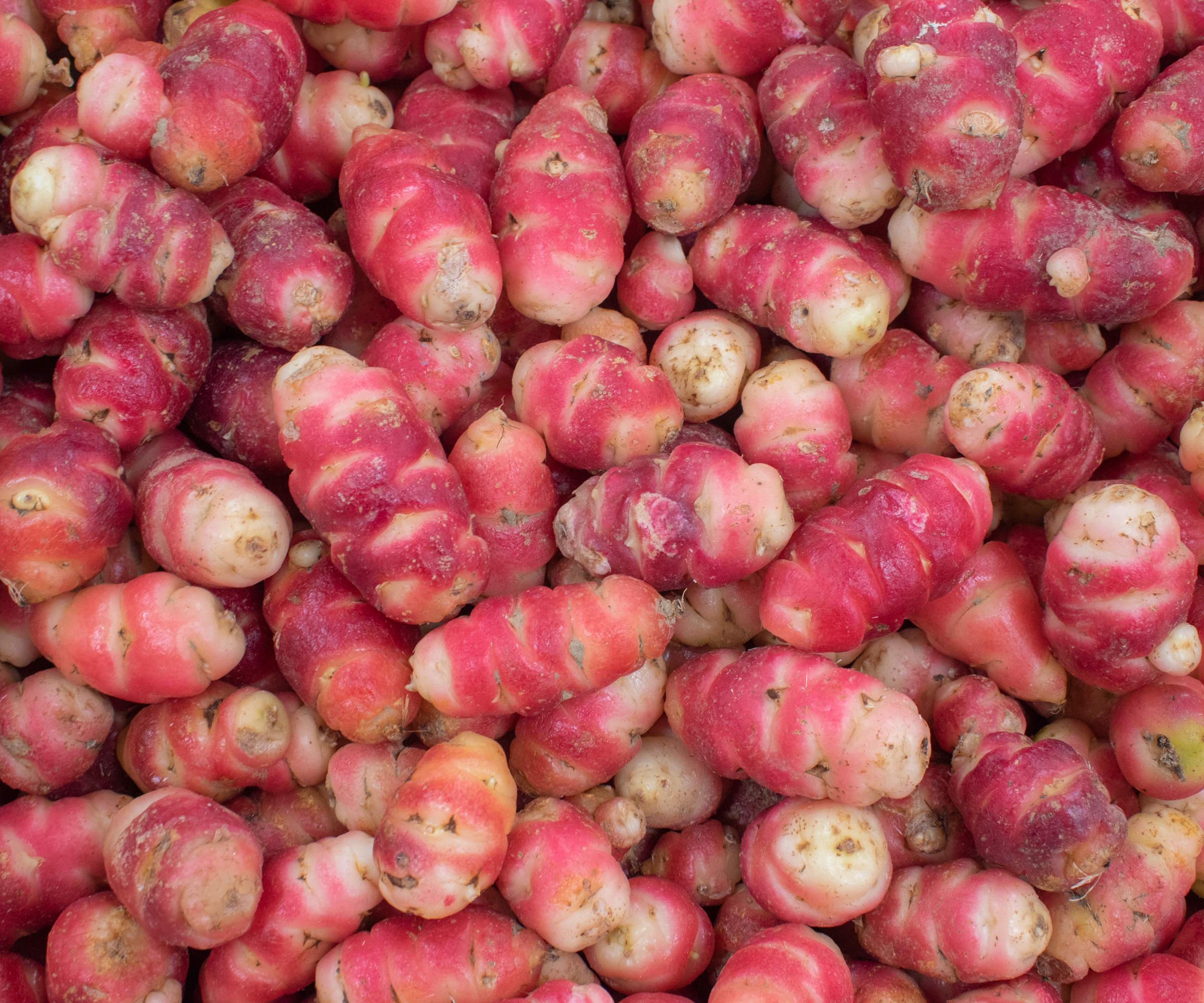
What is oca?
Oca is a staple crop in the Andes, where oca growing has taken place for centuries and it is an important vegetable in the region. The plant grows up to 18 inches in height and produces lots of underground tubers.
These tubers come in many sizes and colors, the largest of which are up to six inches in length. The tubers do not need to be peeled and can be cooked or eaten raw - I have tasted raw oca and found it had a nutty and slightly lemony taste.
How to grow oca in the ground
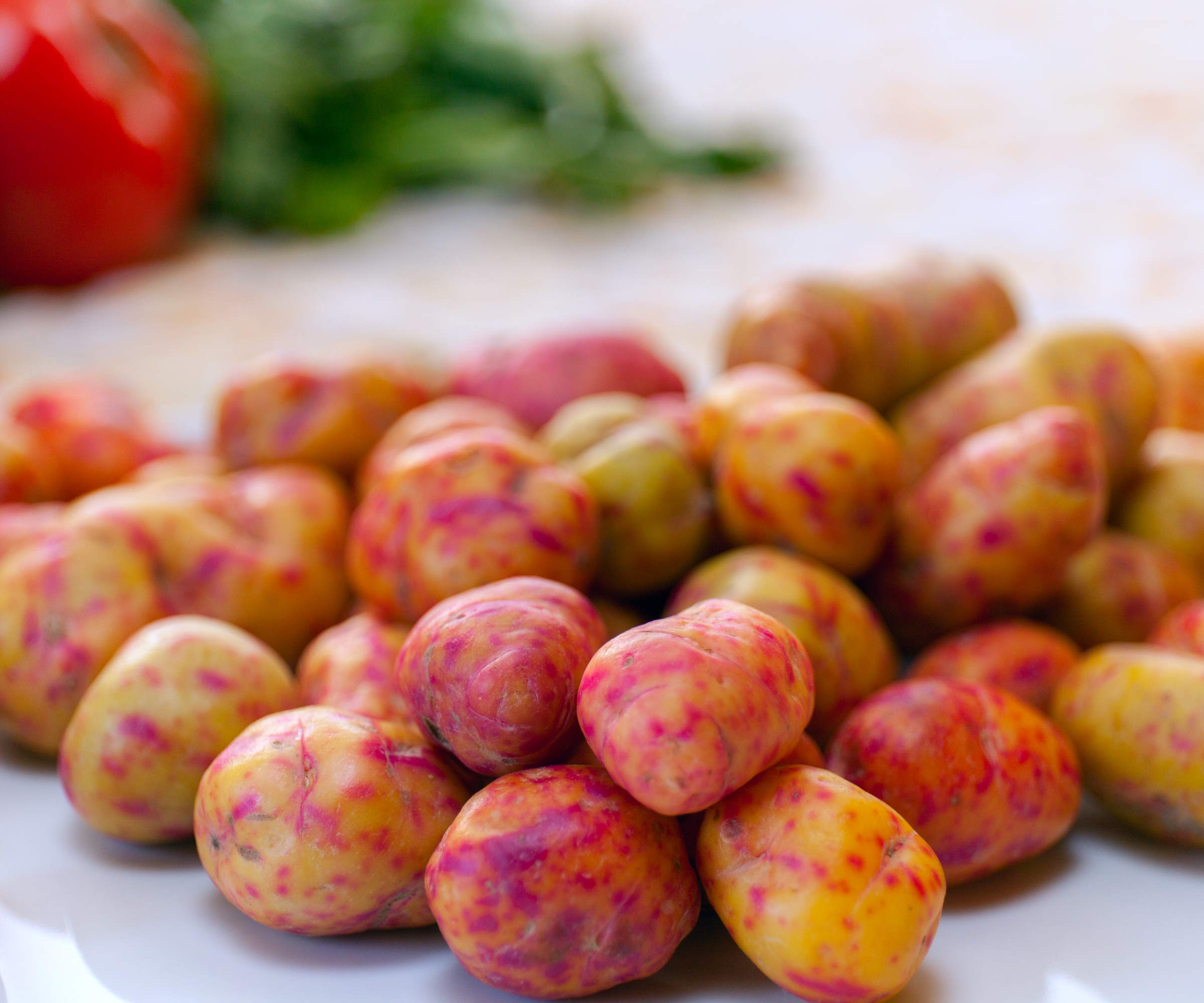
Oca is grown from tubers, just like with growing potatoes. The crops themselves are frost-sensitive and only hardy in US hardiness zones 9-11, so care needs to be taken to protect the tubers from any late frosts.
Oca wants to grow in a spot that receives lots of sunlight, around six hours a day, however, they can also grow happily in part-shade - such versatility makes them suitable crops for many spots in a kitchen garden.
The plants like soil that is well-draining and light. They are ideal crops for sandy soil types but can tolerate a wide range of soil. They will, however, not like ground that is heavy or sits waterlogged - this can lead to tubers rotting.
Oca prefers a fertile soil with lots of organic matter mixed in, with a soil pH of neutral to slightly acidic. If you are thinking about growing oca tubers in your backyard, it is recommended to conduct a soil test prior to planting to understand the make-up and nutrient levels of the spot.
How to grow oca in pots
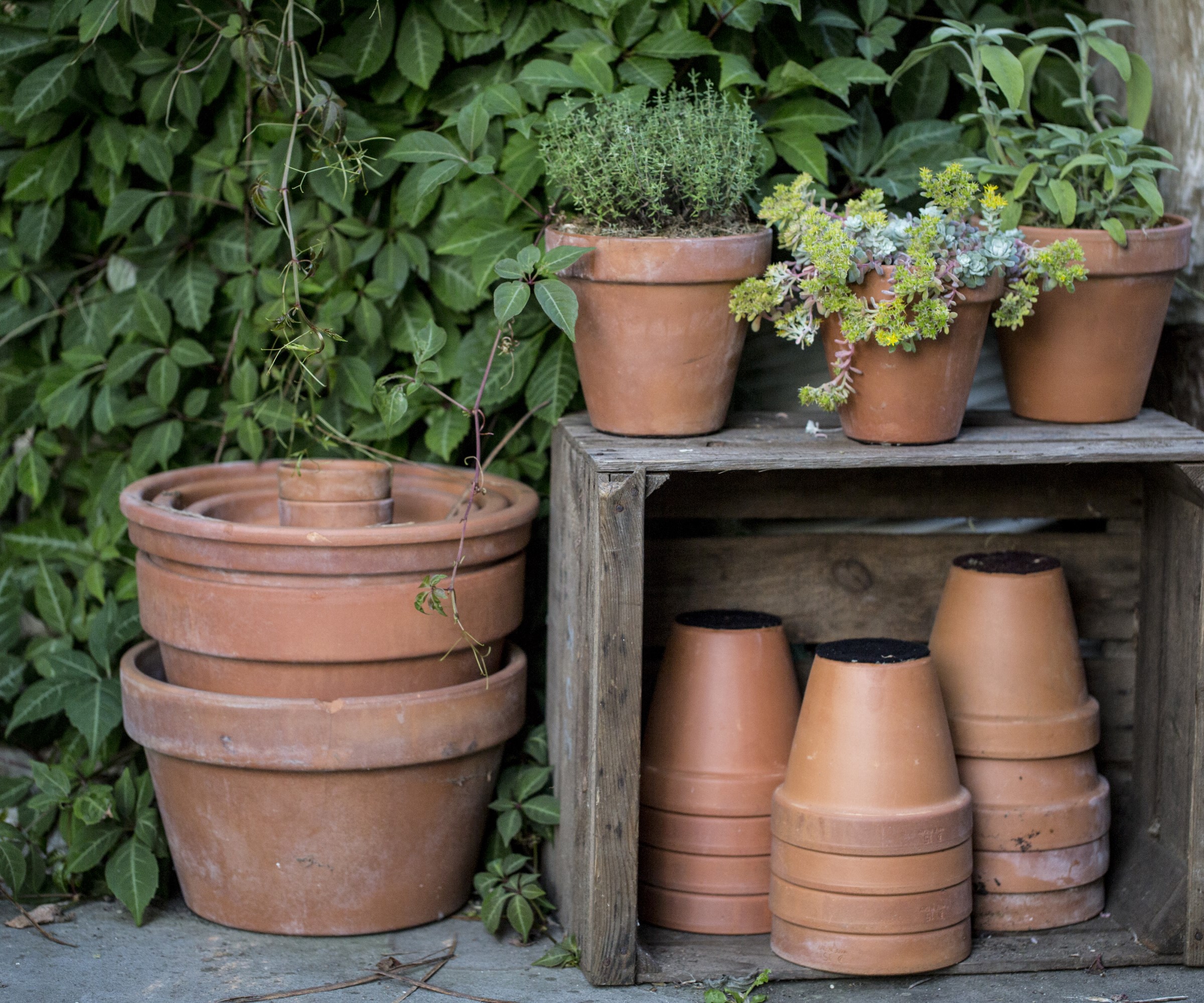
Oca can successfully grow in raised beds or in pots as part of a vegetable container garden. Just be aware that, when growing oca in pots, you are likely to get less tubers come harvest time than when the plants are grown in the ground. They do need space, so large containers at least four gallons in size will be required for a good yield. The smaller the container, the smaller your harvest of tubers will be.
One advantage of growing oca in pots is that you can move the plants around the backyard, to place them in sunny spots or protect the plants from unexpected cold snaps or high winds. As any tubers left after harvesting will resprout, growing in containers can also help you limit the plant from spreading.
Make sure any planter has good holes in the bottom for drainage and fill the pot or raised bed with a loose sandy potting soil - mix some compost or well-rotted manure in with the soil for extra fertility. An example of a sandy compost that would work for oca is this cactus, palm and citrus soil, available at Amazon.
How to plant oca tubers
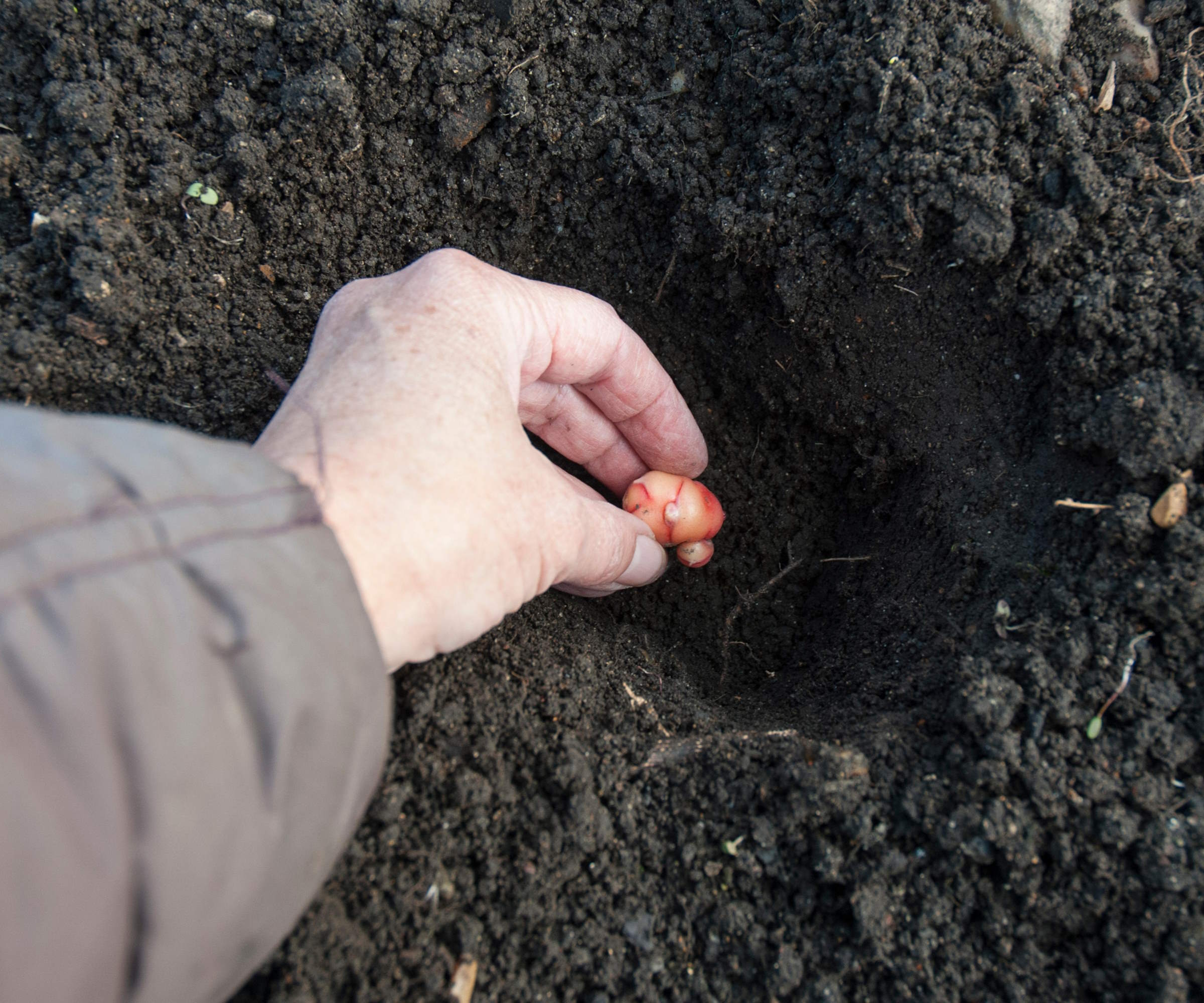
There are two different ways of planting oca, which one is best for you is likely to be dictated by your climate. Tubers can be planted straight out in the vegetable garden, or be sown indoors early to be transplanted outside once the temperatures increase.
When it comes to when to plant oca outdoors, the ideal time is in spring after the last frosts have passed in your area. Tony O’Neill from Simplify Gardening warns of the risk of not waiting for the soil to warm up to at least 50°F, saying: ‘Planting them too early in cold, wet soil could hinder their growth or cause them to rot.’
Planting oca tubers is best done in three-inch deep holes, with each tuber being planted around one foot apart. Be prepared to protect plants after planting from cold weather, using horticultural fleece, available at Amazon, or cloches to keep the soil warm and give the tubers a protected environment to sprout.
‘Start tubers indoors in pots if your spring weather is unpredictable,’ says Alexander Testel from Frugal Frontier. ‘Starting the tubers in a pot in the greenhouse or polytunnel in February can help extend the growing season.’
Sow the tubers into small pots filled with a good-quality compost and germinate somewhere warm, bright, and protected - such as a greenhouse or indoors on a windowsill. Plant the young oca plants outside in the backyard once the frosts have passed in spring.
How to care for oca
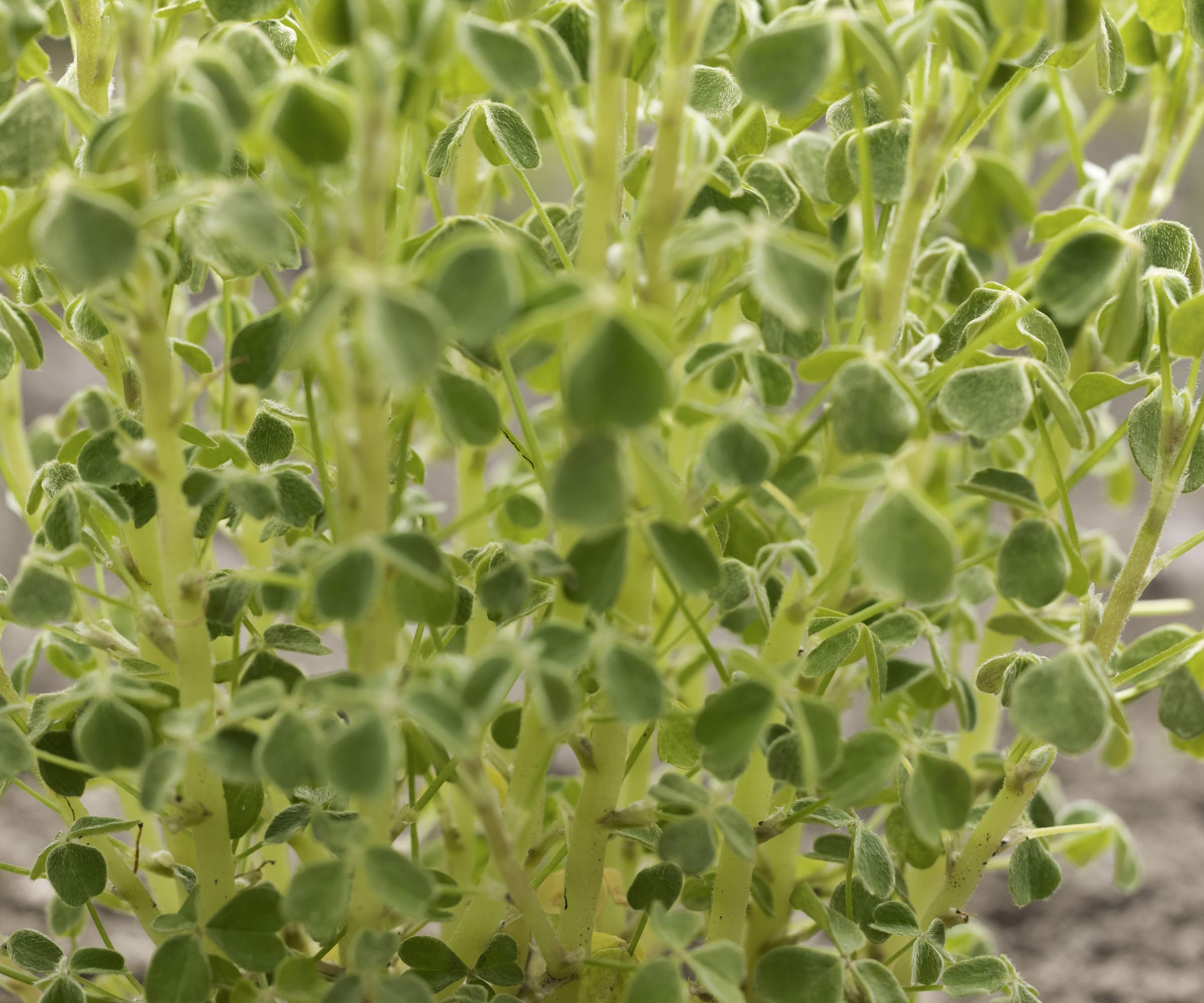
Oca plants like a consistent level of moisture throughout their growing season, so keep a close eye out for when to water plants. They are temperamental plants that do not respond well to the soil drying out, so keeping the soil moist in summer will be important.
Check the moisture levels daily and potentially consider drip irrigation to help with watering plants in containers, raised beds, or in the ground during hot weather. Once the plants start to bulk out their tubers from late summer onwards, it is especially important to give them consistent moisture - as this will boost your eventual harvest.
Mulching around plants can offer several benefits. A layer of mulch around oca plants can help to conserve and retain moisture in the soil, as well as suppress any competition from weeds and help to protect the plant’s roots from heat. It is also beneficial to ‘earth up’ around plants as they grow - in a similar fashion to when growing potatoes - to protect the developing tubers.
The addition of organic matter to the soil prior to planting should supply oca plants with a steady source of nutrients for the first few months of growth. In addition, any mulching materials will release nutrients as they break down.
In mid-to-late summer, oca plants will benefit from additional fertilizer to help them start to form and develop tubers. Choose a fertilizer that is lower in nitrogen - too much nitrogen will promote the growth of foliage rather than promote tuber growth. A good example of a feed to use would be this tomato and vegetable fertilizer available at Burpee.
A complete 37-piece drip hose and irrigation system for watering vegetable gardens, flower beds, and young shrubs. The kit contains 100ft of soaker hose and 50ft of connector garden hose.
When to harvest oca
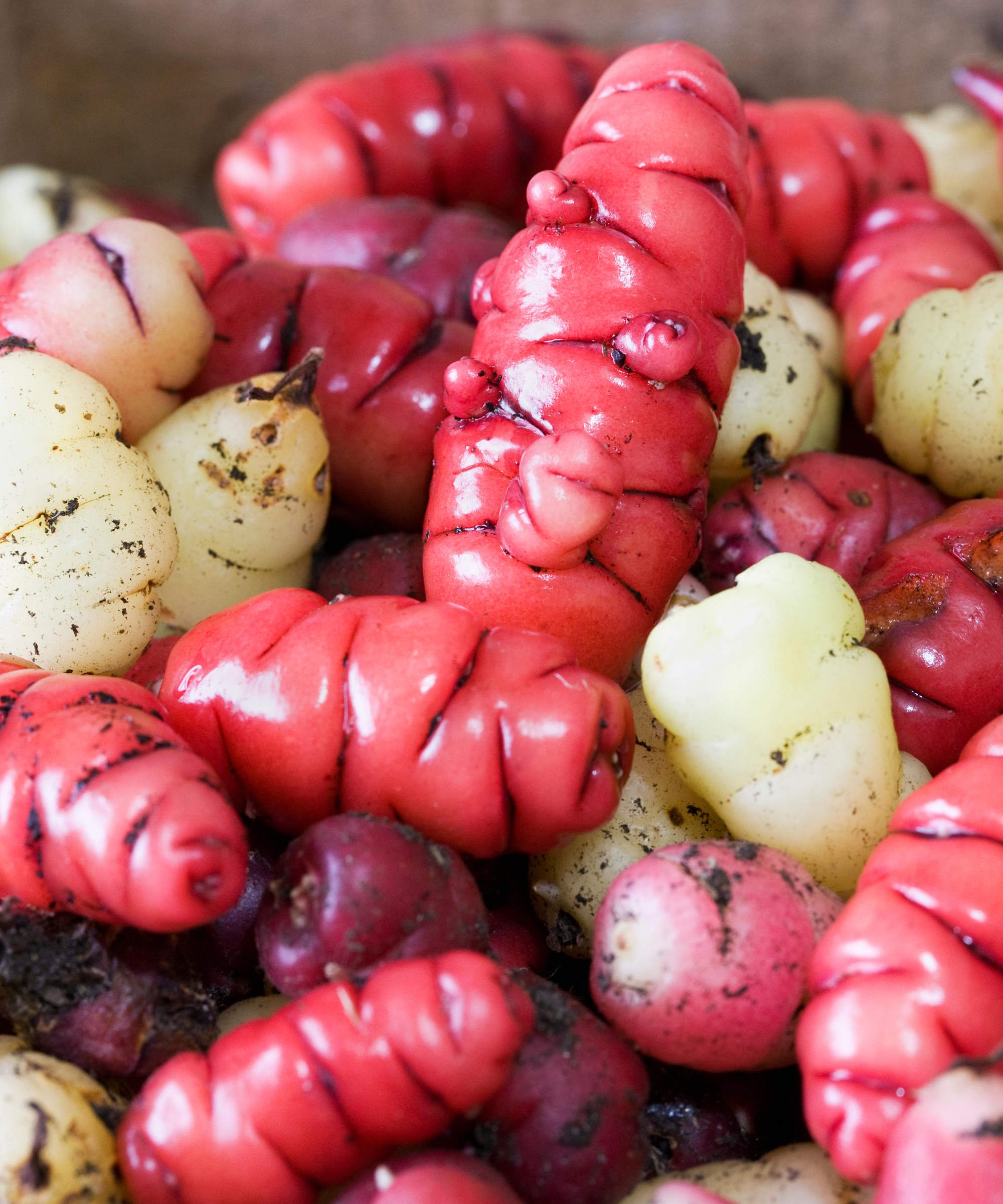
Oca tubers only really start to develop late in their growing season, often not until fall when the days shorten and temperatures lower. It means holding off from lifting the tubers for as long as possible is vital, often waiting until after the frosts have hit the plants from mid-November onwards.
‘After a light frost kills the foliage, waiting approximately two weeks before harvesting can significantly improve your yield,’ recommends Tony O’Neill. ‘This period allows the tubers to mature further underground, enhancing their size and quantity.’
Lift the tubers carefully by loosening the soil around the plants and lifting them out. Take care not to damage the delicate skin of the tubers. It is then advisable to root through the soil to find any remaining tubers. Any left in the ground will sprout again the following year - though you should save some healthy tubers from the harvest to replant next year.
FAQs
How long does it take to grow oca?
Oca does have a long growing season and it can be up to six months to go from planting to harvesting the tubers. The exact time will depend on your location, whether the tuber was planted indoors or outdoors, and the weather conditions during the growing season.
Can you eat oca leaves?
Oca leaves are edible and can be eaten either raw or cooked. The leaves are known to be used in salads and have a taste similar to that of sorrel.
Even if you don't have much outdoor space, it should not prevent you from enjoying homegrown vegetables. You can still experiment and have success growing vegetables in pots on a patio, deck, or balcony. While oca may be a more unusual crop suitable for pots, there are lots of staple foods out there that are very easy vegetables to grow in pots.







